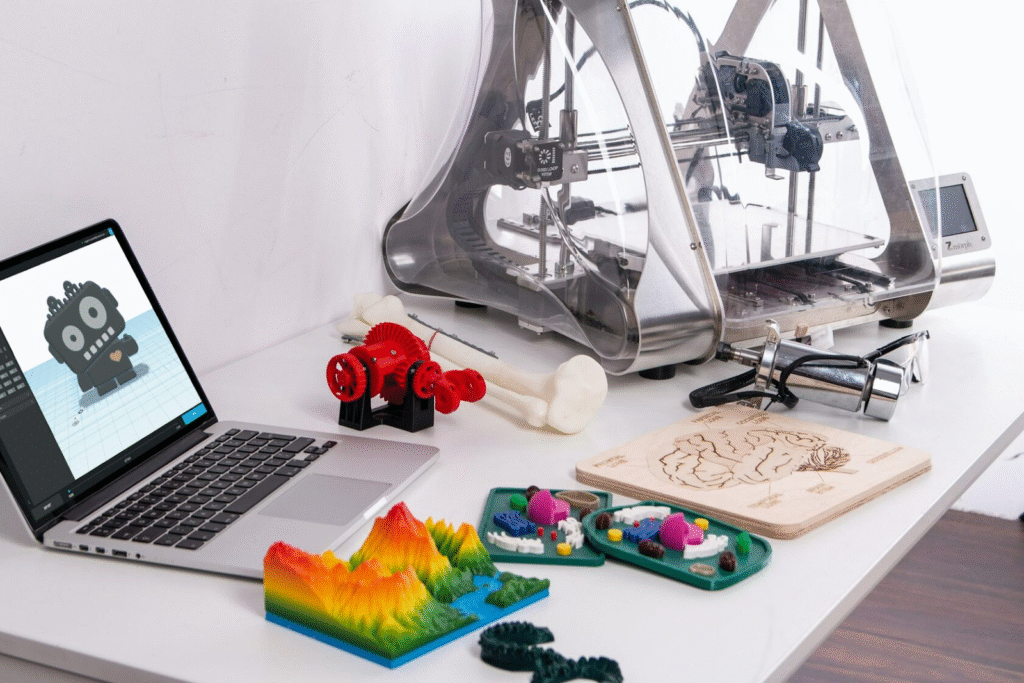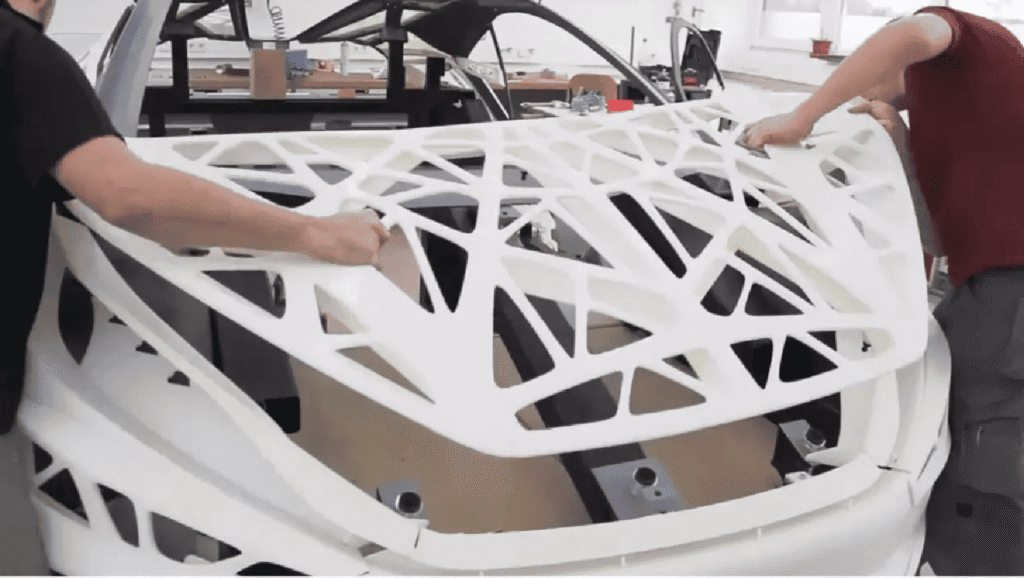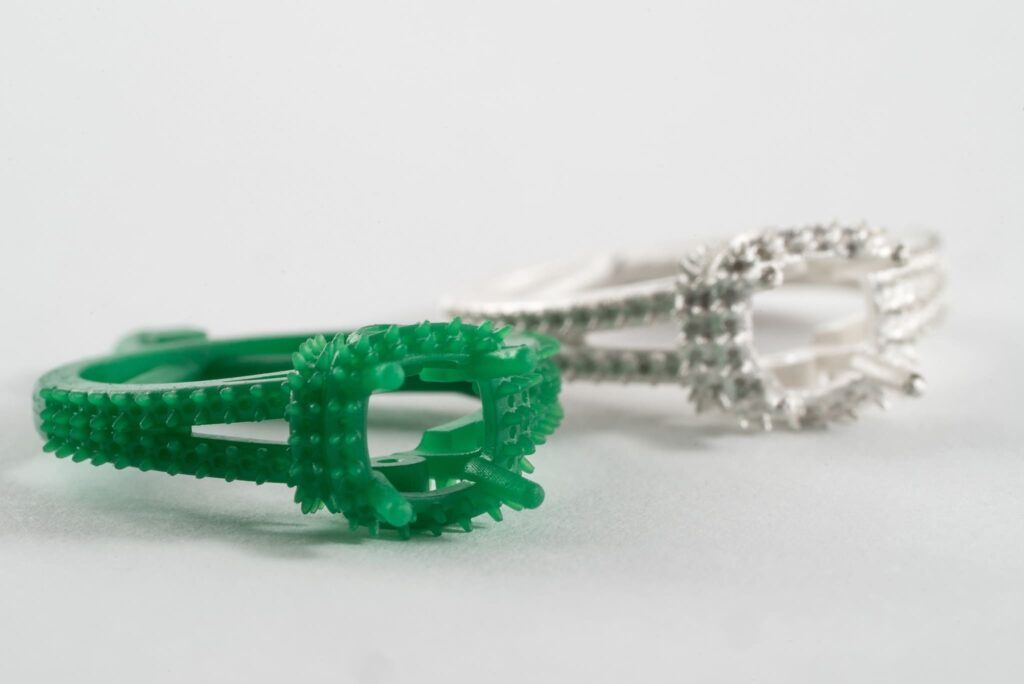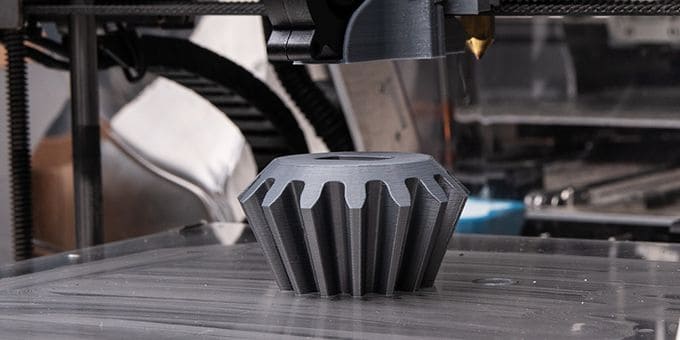

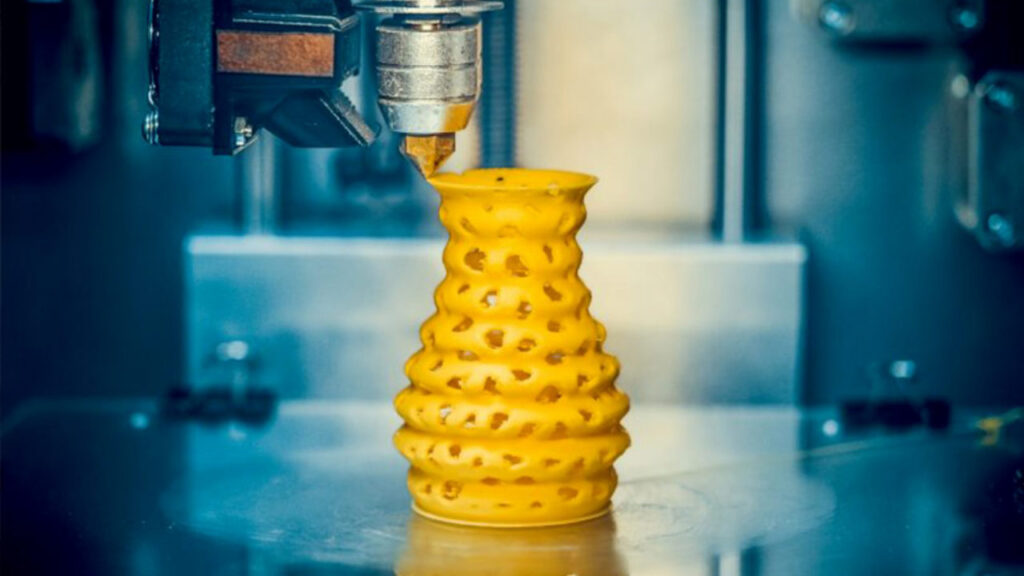
Known for its ease of use, dimensional accuracy, and environmental friendliness, PLA is the go-to material for early-stage concept models and educational applications.
Whether you’re creating visual prototypes, test models, or design validation parts, PLA offers excellent printability and fine surface finish with minimal warping or post-processing effort.
PLA offers easy printability, eco-friendly composition, and cost-effective performance for high-quality visual prototypes and educational models.
Strength (4/5) – PLA demonstrates excellent structural integrity with high tensile strength, making it suitable for functional prototypes and decorative objects. While not as robust as ABS or PETG, it offers more than adequate strength for most consumer applications.
Flexibility (3/5) – With moderate flexibility, PLA maintains its shape under normal conditions but has limited bend tolerance. This characteristic makes it ideal for rigid parts but less suitable for applications requiring significant flex or impact resistance.
Detail (5/5) – Outstanding detail reproduction is PLA’s standout feature. The material excels at capturing fine features, sharp corners, and intricate geometries, making it the go-to choice for miniatures, architectural models, and detailed prototypes.
Ease of Use (4/5) – PLA’s user-friendly nature makes it perfect for beginners and professionals alike. It prints at lower temperatures (190-220°C), doesn’t require a heated bed, and produces minimal odor during printing. The material’s forgiving nature reduces failed prints significantly.
Durability (2/5) – The primary limitation of PLA is its environmental sensitivity. It degrades under UV exposure and becomes soft at relatively low temperatures (60°C), making it unsuitable for outdoor applications or high-temperature environments.
Cost (3/5) – Positioned in the mid-range pricing tier, PLA offers excellent value for money. While not the cheapest option available, its reliability and quality justify the moderate price point for most users.
